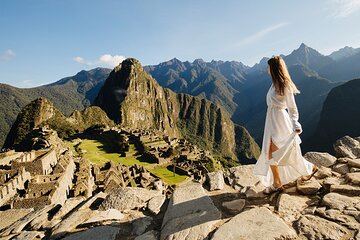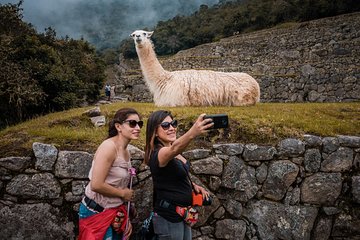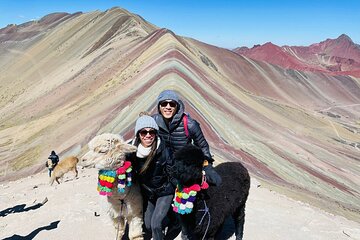A:
Peru is most famous for the 15th-century archeological site of Machu Picchu, which is one of the New 7 Wonders of the World. The country also is renowned for gastronomy, characterized by seafood ceviche and ancient grains, and biodiversity spanning the Amazon rainforest, Sacred Valley, and snow-capped mountains of Huaraz.



















































